Hello community, this time I have the opportunity to write about a new kind of semiconductor nanomaterials named carbon dots, which has a lot of applications especially in biomedicine. In this post, I will explain you what carbon dots are and why their different properties make them very useful.
What are carbon dots?
Carbon dots (CDs) are colloidal semiconductor crystals form by hundreds or thousands of atoms arranged into a crystalline structure. The essential characteristic of CDs is that the electrons that compound them are forced to be confined in the three dimensions, which generates diverse quantum phenomena.
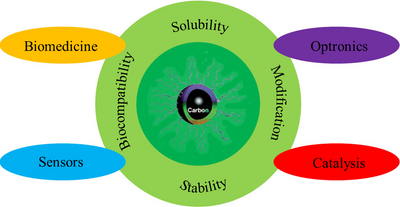
The superior properties of carbon dots distinguish them from traditional fluorescent material and their analogous quantum dots, and make them promising candidate for numerous exciting applications such as bio-imaging, medical diagnosis, catalysis, and photovoltaic devices.
How can we change carbon dots properties?
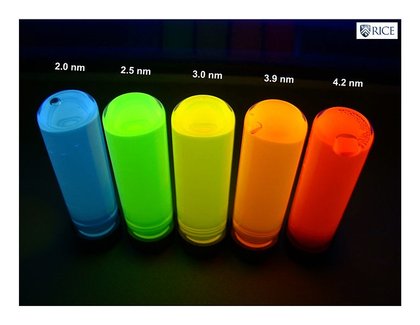
Why are carbon dots applicable in biomedicine?
In order to be use for biomedical applications, carbon dots need to have superior biocompatibility, photostability and low cytotoxicity. This properties have been studied several times using carbon dots obtained by different methods of synthesis such as arc discharge, laser ablation, electrochemical oxidation, supported synthesis, or microwave treatment and so on, and using different substance as precursors such as Ionic liquids, carbohydrates, various bulk carbon materials and others substances.
The fact is that carbon dots obtained in all cases have reported excellent stability, which is observed trough the study of size distribution using techniques like dynamic light scatting (DLS) and transmission electronic microscopy (TEM), where even after a week the size distribution of nanostructures was almost unchanged which means that carbon dots almost do not degrade. Moreover, photoluminescence intensity of carbon dots remain stable at high ionic strength and under change of pH (pH 4-11). carbon dots exhibit better photostability compared to CdSe/ZnS quantum dots, it is demonstrated observing the photoluminescence intensity after one hour of UV irradiation where quantum dots quickly quenched due the photobleaching while CDs preserve around 86% of the initial intensity of photoluminescence, which means CDs are extremely stable. Remarkable photostability is attributed to the composition of the surface`s structure and the general composition of carbon dots. Finally, the cytotoxicity of carbon dots have been investigated by the standard MTT assay. Obtaining that more than 92% cells survive for most of the cases after incubation with carbon dots during 24 hours, even changing concentration of carbon dots from 1 to 8 percent has similar results indicating the low cytotoxicity of CDs. These properties demonstrate that CDs have great potential for biomedical applications including bioimaging and biosensing.
Carbon dots in Bioimaging.
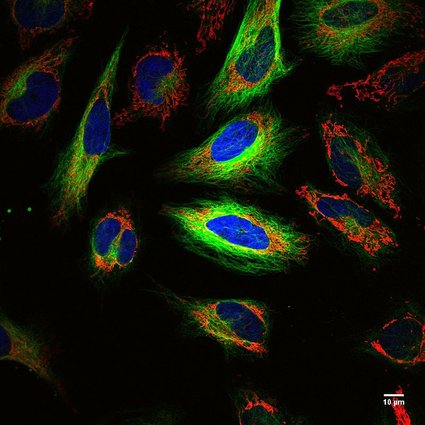
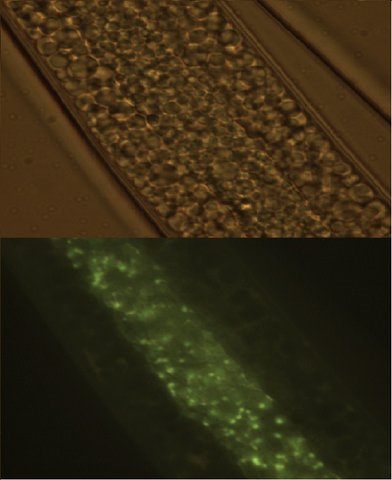
Carbon dots in Biosensing.
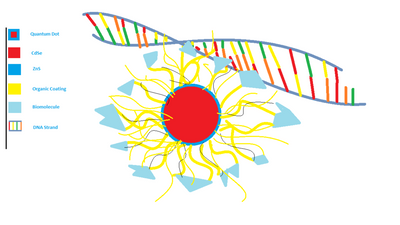
The fascinating photoluminescence, tunable organic surface functionalities and high stability of carbon dots allowed developing a wide variety of biological-chemical sensor. As biosensor CDs can be applied for monitoring concentration of cellular Cu2+, Hg 2+, glucose, biological thiols and others. This kind of sensor also can be applied for detecting DNA, vitamins, carbohydrates and proteins. However, to the best of knowledge, the use of CDs for monitoring and detection of different kind of substance remains at an early stage of investigation.
Carbon dots have proven to be novel nanomaterilals that have a large number of applications not only in the area of biomedicine but also in those of optoelectronics and photocatalysis. Therefore, its unique properties will allow us to develop new technologies and improve existing ones.
I hope in other opportunity to expand the information about the most recent applications of this type of nanomaterial and I hope that this post will be useful for you, greetings.